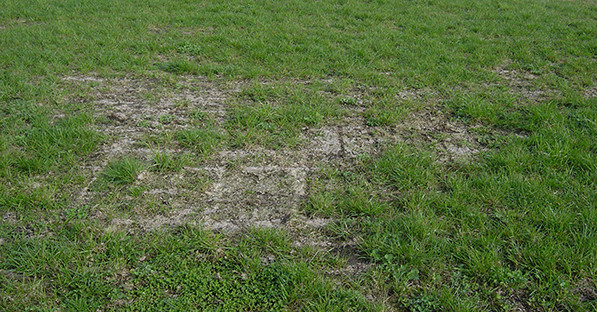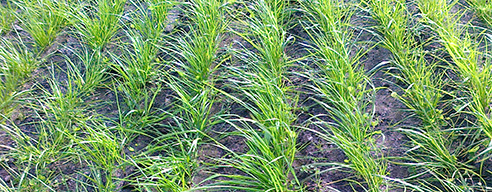Prepare your grass for a top-yielding season
Farmers who expect a good forage yield in the year ahead should start preparing now. If a hard winter has damaged your plants, an early diagnosis is vital. As soon as temperatures rise above 4° to 6°C and grass plants begin to grow, it is time to get down on your hands and knees to give your sward a pre-season check.
22/02/2016
Look first at the roots, and for signs of new life in the form of fresh white roots. Soon after you should be able to spot a few green shoots above ground – the first early season growth.
But hard frosts and alternating periods of frost and thaw can hold things back. If the winter has destroyed too many grass plants, that vital early growth will be reduced. The risk is greater in older grass fields, in fields with an excess of nitrogen, and in fields that were cut too short in the autumn.
Do you have enough living plants?
The way to assess your field is to count the number of living plants. Measure out a metre along the line of the seed row and count the number of grass or clover plants. Check also for bare patches – reject any bare patch larger than a footprint.

Fields for cutting: You need 15 to 25 living plants
Fields for grazing: You need 30 to 40 living plants
The solution, if your plant count is too low or you have bare patches, is to overseed or sow an entirely new ley.
New grass ley

If you decide to plough the field and sow a new ley, take care to choose the best mixture.
Learn more about our ForageMax® mixtures.
Overseeding
Overseeding is often the preferred way to repair winter damage. And the earlier you start, the better.
Learn more about overseeding here.
